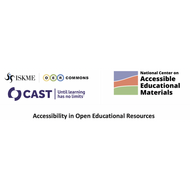Open-Source Image Repositories
(View Complete Item Description)This tool was designed by the Oregon Open Learning team as a resource to find open-source images when curating OER. Below are two tables that are categorized by image type. If you have questions about this resource, please contact OregonOpenLearning@ode.state.or.us.
Material Type: Diagram/Illustration







